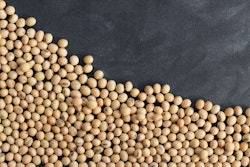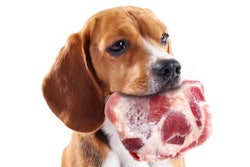
While the furor over dilated cardiomyopathy has calmed, the repercussions on dog food ingredient choices remain. Ancient grains as pet food ingredients had already grown in popularity before the U.S. Food and Drug Administration announced an investigation into correlations among grain-free dog foods and occurrence of the disease. Following FDA’s announcement, ancient grains and other alternatives to corn, rice, soy and wheat grew yet faster in popularity as ingredient sources.
Although ultimately just a marketing term, ancient grains can be considered grains that haven’t undergone modern breeding or selection. Ancient grain varieties retail characteristics from their ancestors that can make them hardier for farmers, while providing nutrients in different proportions than highly bred strains. While often lower in overall production, these grains require less water and fertilizer, while surviving where GMO corn would wither.
However, the problem with DCM resulted from a lack of empirical evidence and published research on the effects of grain-free formulations. Likewise, these new, yet ancient grains lacked scientific study on their role in pets’ diets. Scientists with the University of Illinois – Urbana and the Archer Daniels Midland company set out to determine if ancient grains could be used as healthy ingredients in foods dogs would readily eat.
“Ancient grains are a prime example of an increasingly popular trend in human and, subsequently, pet foods,” the researchers wrote in the Journal of Animal Science. “This is due to the marketing of these ingredients as sustainable, gluten- and GMO-free, fiber-rich alternatives to common grains. They also have a positive label appeal on pet foods as they become more prevalent in commercial diets and treats despite limited scientific information on their nutritional value and functional properties for dogs and cats.”
Ancient grains as dog food ingredients experiment
In their experiment, ten adult female Beagles ate one of five dog food formulations. The diets included up to 40% rice or one of four ancient grains: amaranth, white proso millet, quinoa or oat groats. The dogs ate their assigned diets for 10 days, then the scientists evaluated their feces and urine for another four days, followed by a day for blood samples.
“When utilized as the main carbohydrate source at relatively high inclusion levels (up to 40%) in extruded adult dog foods, ancient grains are well accepted and appropriate for adult dogs with no detrimental effects on stool quality or macronutrient digestibility,” the researchers concluded. “The dietary inclusion of amaranth and oat groats is specifically beneficial in shifting fermentative end products indicative of a butyrogenic effect. Although oat groats did not significantly impact the postprandial glycemic or insulinemic responses in healthy dogs in this study, it can be implied that this ancient grain may benefit obese, insulin resistant, and/or diabetic dogs. This benefit should be evaluated in future studies.”

















